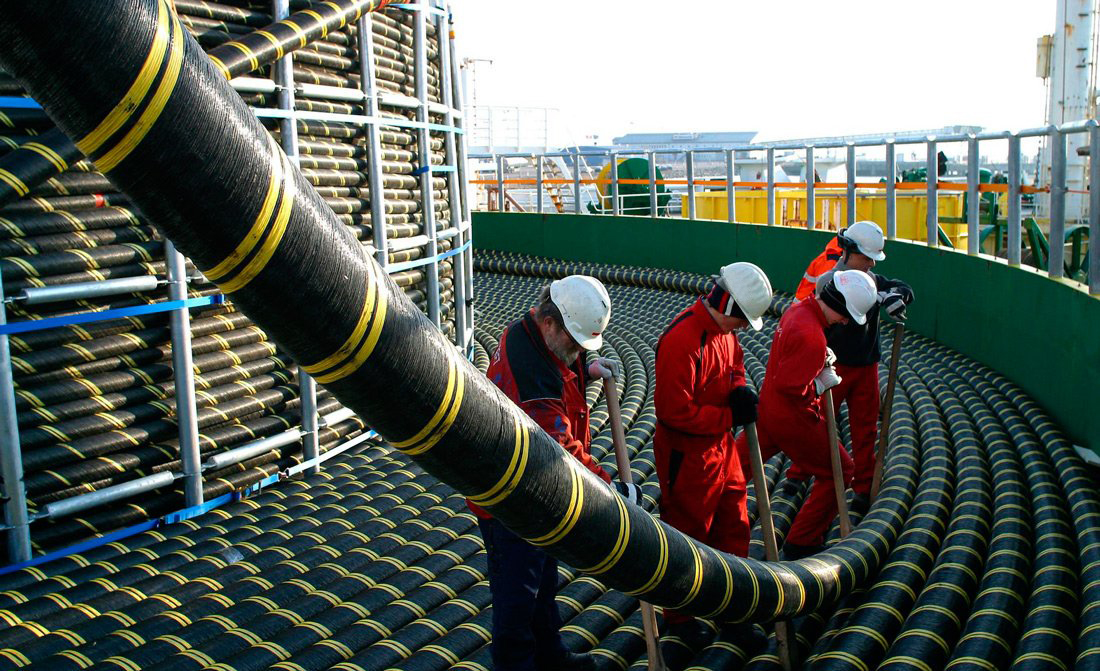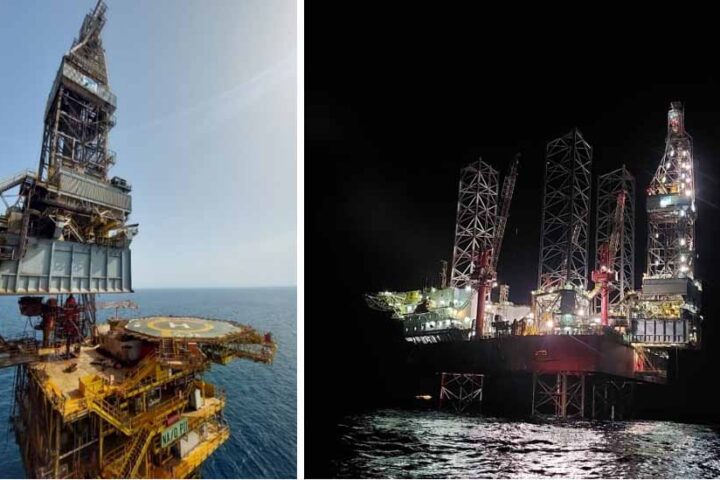Greece’s IPTO takes 25% strategic stake in EuroAsia Interconnector
Cyprus is becoming an ‘aircraft carrier’ for Israel to provide its eastern Mediterranean neighbour with a secure supply of energy generated from offshore gas fields, converted to electricity, and transmitted cheaply and safely via a subsea cable.
With the island rapidly developing its renewable energy sources (RES) of solar parks and wind farms, the energy mix will soon be diverse and less reliant on geopolitical events, such as the war in Ukraine that sent the price of liquid natural gas through the roof.
The EuroAsia Interconnector, the 1,000MW subsea cable, will be the world’s longest and deepest when fully operational in 2027, linking the national grids of Israel, Cyprus, and Greece, through Crete.
It will also end the energy isolation of Cyprus, which heavily relies on crude imports to produce electricity and pays a high cost of emission fines.
This week, the operator of the interconnector announced that Greece’s transmission system operator IPTO is taking a 25% stake in the company, paving the way for permits to be fast-tracked, which, in turn, will open doors faster for financing the project.
Through the cable, which will double in capacity to 2,000MW in its second phase, Israel will end its energy isolation, with a series of impediments in recent months affecting its electricity supply.
It is estimated that over the next few years, Israel will face an energy shortfall of 3,000-4,000MW (3-4GW) due to the country running out of land to build more power stations; replacing outdated plants has become costly.
This was discussed during Energy Minister George Papanastasiou’s recent visit to Jerusalem with his counterpart Israel Katz.
It is estimated that in 2025, or 2027 at the latest, Israel will start to suffer from a power shortage, as various projects in the pipeline have faced obstacles and could face delays in implementation, according to Globes daily.
Building a new power station will require ten years, at least.
The recent temperature spike, with short bursts of heatwaves, is straining the country’s electricity network, which is not interconnected to any of its Arab neighbours.
And even though Israel seeks to improve its relations with Turkey and the Middle East through the ‘Abraham project’ of rapprochement, Cyprus has been a steady and reliable, economically and politically, partner over the decades.
With regime change in other countries, relations with Israel will continue to depend on the whims of a leader or religious group that influences government.
Yet Cyprus has been and remains supportive, and this should not be taken for granted as it has remained a sturdy stepping stone for Israel to Europe.
Even the increase in output from Israel’s offshore gas fields will not be able to match the rising demand fast enough, creating an energy deficit that will soon become a matter of national security for Israel.
In June 2021, the electricity authority warned of a power shortage in Tel Aviv by 2027.
The gaps arise from the rate of growth of the economy, the demand for electrically powered vehicles, the light rail system, and the electrification of Israel Railways, and rising demand in the Palestinian Authority, according to Globes.
Government policy to switch to a low-carbon economy encourages using electricity instead of fossil fuels.
25% stake in ADMIE
Enter the EuroAsia Interconnector, conceived after the deadly blast in Mari in 2011 decimated the nearby EAC power station at Vassiliko, plunging Cyprus and its economy into darkness for months.
The project, the biggest infrastructure in southeast Europe, enjoys the full support and blessing of the European Commission, as it will end the energy isolation of Cyprus, the last non-interconnected EU member state, and at the same time encourage the use of RES and comply with Commission President Ursula von der Leyen’s ‘Green Deal’.
EuroAsia has again been included in the EU list of projects of common interest and has already secured €658 mln in funding from the ‘Connecting Europe Facility’, the biggest amount secured for any EU member, while the Cyprus government is also pitching in with an additional €100 mln from the Recovery and Resilience Fund (RRF).
With Greece’s Independent Power Transmission Operator (IPTO – ADMIE) taking a strategic 25% stake in EuroAsia, the road has been cleared to secure all licenses outstanding from 2017, with the latest being the local approval in Crete for the environmental permit.
This followed months of negotiations between the energy regulators of Greece and Cyprus, RAE and CERA, with both sides agreeing on technical issues of compatibility throughout the system and issuing EuroAsia with its operating license.
All local permits in Cyprus have long been secured, and the latest greenlight will pave the way for EuroAsia to seek funding for the estimated €600 mln, probably from one of Europe’s institutional lenders, such as the EIB.
Company sources have confirmed that Norwegian manufacturer Nexans AS has already started building the cable that will stretch 1,208km from Israel, via Kofinou, to Crete.
German giant Siemens was chosen to build the most technologically advanced high-voltage direct current (HVDC) stations, which will eventually link the cable to mainland Greece, with the final stretch of the Crete-Attica cable to be laid by IPTO-ADMIE.
In a joint statement, the energy ministries of Greece and Cyprus gave their blessing this week to the ADMIE-EuroAsia deal, saying, “It secures the technical and financial adequacy of the project and sets strong foundations for its completion by 2027.”
Minister Papanastasiou said: “The interconnector is a key element for the achievement of the wider energy planning of our country to reduce the cost of electricity for the benefit of the Cypriot economy and a rapid transition to green energy.”
EuroAsia’s CEO Nasos Ktorides concluded the deal by saying the bi-directional nature of the interconnector will allow the transmission of electricity to Israel in case of a supply shortfall or any other emergency while creating new export markets for RES producers from solar parks and wind farms in Cyprus and Crete.
“My only wish is that the interconnector can also act as a unifying force for good to reunite Cyprus, to benefit both Greek Cypriots and Turkish Cypriots.
“Our ‘dead zones’ should be transformed into ‘green zones’ to produce electricity from natural sources and utilise locally for cheap electricity and export to any country that wants it.”
Makis Georghiou is a regular columnist on energy, geopolitical and maritime affairs










